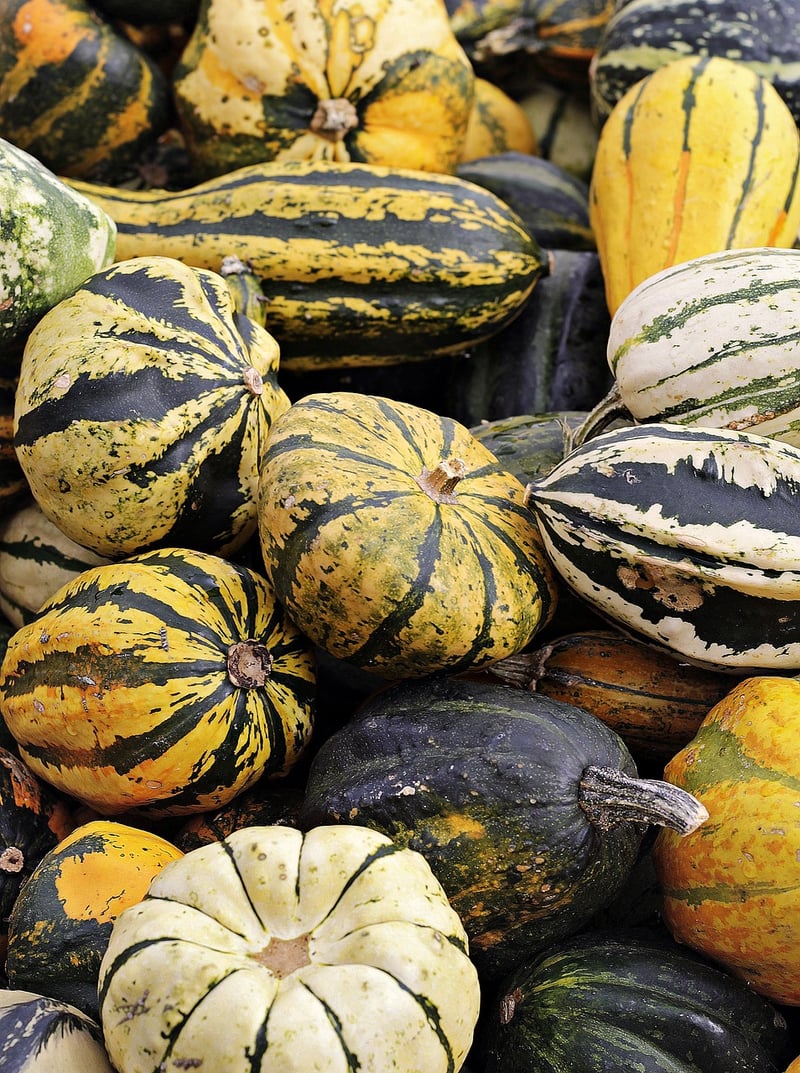Commercial Vertical Farms
Revolutionize Agriculture with Verticality
The Rise of Commercial Vertical Farms
In recent years, the concept of vertical farming has gained significant traction as a sustainable solution to modern agricultural challenges. By harnessing the power of verticality, farmers can optimize space utilization, reduce water consumption, and minimize the carbon footprint associated with traditional farming practices.
What is Vertical Farming?
Vertical farming involves growing crops in vertically stacked layers or inclined surfaces, often in controlled environments like skyscrapers or shipping containers. This innovative approach allows farmers to produce high yields of fresh produce year-round, regardless of external climate conditions.
The Benefits of Vertical Farming
- Maximized Space Efficiency: Vertical farming enables farmers to grow crops in a smaller footprint compared to traditional farms, making it ideal for urban areas with limited land availability.
- Water Conservation: By utilizing hydroponic or aeroponic systems, vertical farms can reduce water usage by up to 90% compared to conventional farming methods.
- Reduced Food Miles: With vertical farms located closer to urban centers, the need for long-distance transportation is minimized, leading to fresher produce and lower greenhouse gas emissions.
- Pesticide-Free Environment: Controlled indoor settings in vertical farms help reduce the risk of pests and diseases, eliminating the need for harmful pesticides.
Commercial Vertical Farms Leading the Way
Several commercial vertical farms have emerged as pioneers in the industry, showcasing the potential of this innovative farming method on a large scale. Companies like AeroFarms, Plenty, and Vertical Harvest have revolutionized agriculture by implementing cutting-edge technologies and sustainable practices in their operations.
These commercial vertical farms not only prioritize efficiency and sustainability but also focus on producing high-quality, nutritious crops for local communities. Through vertical farming, they aim to create a more resilient food system that can adapt to the challenges of a rapidly changing world.
Embracing the Future of Farming
As the world faces increasing pressure to feed a growing population while minimizing environmental impact, vertical farming offers a promising solution for the future of agriculture. By embracing verticality and leveraging innovative farming practices, we can revolutionize food production and create a more sustainable and resilient food system for generations to come.

Join the vertical farming revolution and discover the endless possibilities of sustainable agriculture through verticality!
For more information on commercial vertical farms and the latest advancements in vertical farming technology, visit Vertical Harvest.
